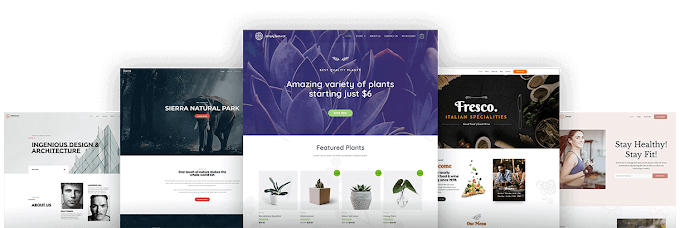Choosing the right theme for your blog can be overwhelming, given the many options available. Here are some tips to help you make an informed decision:
- Identify Your Blog's Purpose and Audience
Before you start browsing through the available themes, it's important to clarify the purpose of your blog and who your target audience is. Are you creating a personal blog, a business blog, or a niche blog? What topics will you be writing about, and what kind of content do you want to showcase? Understanding your blog's purpose and audience will help you choose a theme that aligns with your goals and appeals to your readers.
- Consider Your Branding and Aesthetics
Your blog's branding and aesthetics should be consistent with your personal or business brand. If you already have a logo or color scheme, look for a theme that complements them. Consider the overall style and design elements of the theme, such as the font, layout, and images. Choose a theme that reflects your personality and resonates with your audience.
- Check for Customization Options
While pre-designed themes can save you time and effort, it's also important to have some flexibility to customize the theme to your liking. Look for a theme that allows you to change colors, fonts, and layout options. Consider whether the theme has enough widget areas for you to add custom elements such as social media links, newsletter signups, or ads.
- Check for Responsive Design
In today's mobile-centric world, having a responsive design is crucial for a blog's success. Responsive design means that your blog will look and function well on different devices, such as desktops, tablets, and smartphones. Make sure the theme you choose is optimized for mobile devices and has a responsive layout.
- Check for SEO Optimization
Search engine optimization (SEO) is important for making your blog more visible and discoverable online. Look for a theme that is optimized for SEO, with clean code, fast loading times, and support for meta tags and descriptions. You can also use SEO plugins such as Yoast SEO to optimize your blog's content further.
- Consider Support and Updates
Finally, consider the level of support and updates provided by the theme's developer. Make sure the theme you choose is regularly updated to keep up with the latest trends and technology. Look for a theme that has a dedicated support team or a community forum where you can get help if you encounter any issues.




